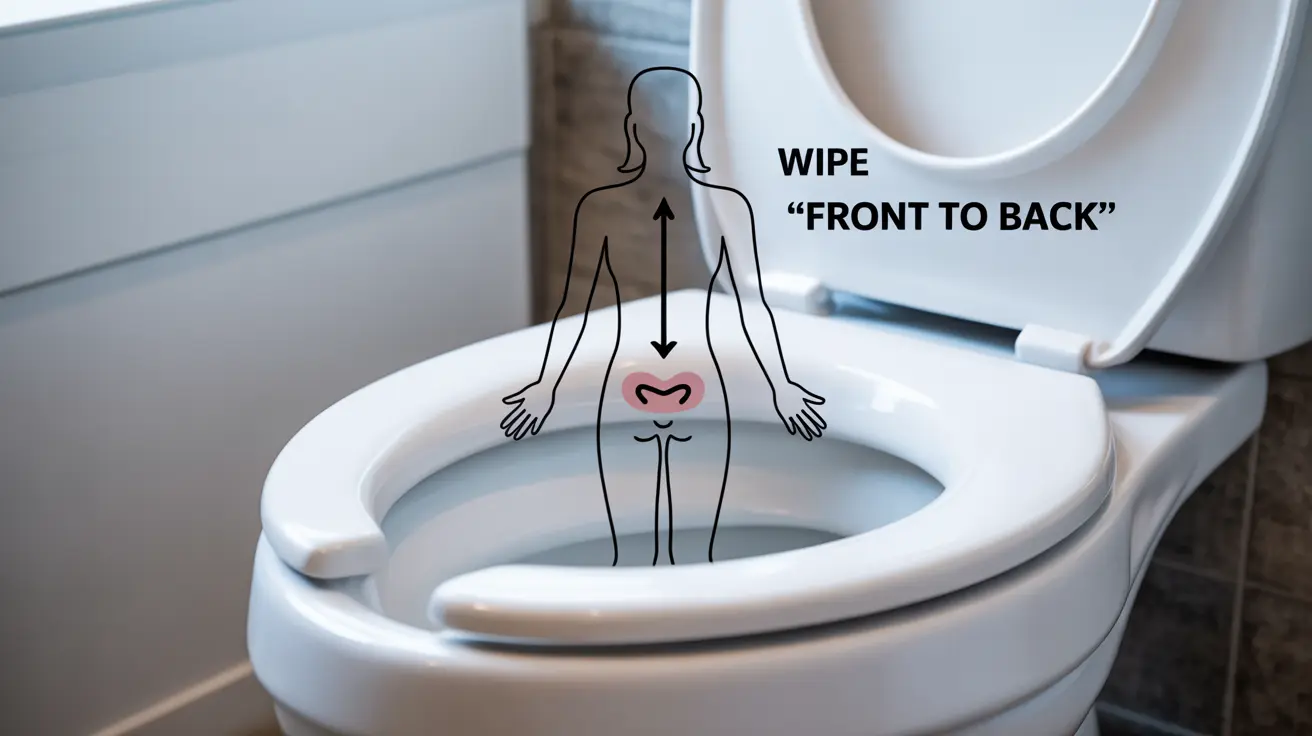Maintaining proper bathroom hygiene is essential for preventing infections and staying healthy. One of the most fundamental yet often overlooked aspects is the correct wiping technique after using the toilet. Understanding how to wipe front to back properly can significantly reduce your risk of developing urinary tract infections (UTIs) and other health complications.
This comprehensive guide will explore the importance of proper wiping technique, explain the correct method, and provide practical tips for maintaining optimal hygiene during bathroom visits.
Understanding the Importance of Front-to-Back Wiping
The direction in which you wipe after using the bathroom plays a crucial role in preventing bacterial contamination. Wiping from front to back helps prevent the transfer of bacteria from the anal area to the urethra and vaginal area, which is particularly important for women's health.
This simple practice can significantly reduce the risk of developing urinary tract infections, yeast infections, and other bacterial complications that may arise from improper hygiene practices.
Correct Front-to-Back Wiping Technique
Step-by-Step Guide
Follow these essential steps for proper wiping technique:
- Start from the front (urethral/vaginal area)
- Move steadily toward the back (anal area)
- Use clean toilet paper for each wipe
- Continue until thoroughly clean
- Pat dry to prevent irritation
Proper Pressure and Motion
Apply gentle but firm pressure while wiping to ensure cleanliness without causing irritation. Use a smooth, consistent motion rather than rough back-and-forth movements that could spread bacteria or cause tissue damage.
Choosing the Right Hygiene Products
Selecting appropriate hygiene products can enhance your wiping technique and overall cleanliness:
- Soft, unscented toilet paper
- Moistened wipes (ensure they're flushable)
- Gentle, pH-balanced cleansing products
- Hypoallergenic options for sensitive skin
Special Considerations for Different Needs
Some individuals may face challenges with traditional wiping methods due to limited mobility, physical conditions, or other factors. Several adaptive solutions are available:
- Long-handled wiping aids
- Bidet attachments
- Extended-reach comfort wipes
- Toilet aids with grip handles
Frequently Asked Questions
Why is it important to always wipe from front to back after using the bathroom?
Wiping from front to back prevents the transfer of bacteria from the anal area to the urethra and vaginal area. This technique is crucial for preventing urinary tract infections and other bacterial infections that can occur when harmful bacteria are introduced to sensitive areas.
How can wiping back to front increase the risk of urinary tract infections (UTIs)?
Wiping back to front can drag bacteria from the anal area toward the urethra, significantly increasing the risk of UTIs. This is particularly dangerous for women, as the shorter length of the female urethra makes it easier for bacteria to reach the bladder and cause infection.
What is the proper technique for wiping front to back to reduce irritation and infection?
The proper technique involves starting at the urethral/vaginal area and moving steadily toward the anal area, using clean toilet paper for each wipe. Apply gentle pressure and use smooth motions to avoid irritation. Always ensure thorough cleaning while being careful not to cause tissue damage.
Are there tools or alternatives to help people with limited mobility wipe properly from front to back?
Yes, several adaptive tools are available, including long-handled wiping aids, bidet attachments, extended-reach comfort wipes, and toilet aids with grip handles. These tools can help maintain proper hygiene for those with limited mobility or physical constraints.
How many times should I wipe and what kind of toilet paper is best for good hygiene?
Wipe until the toilet paper comes back clean, using fresh paper for each wipe. The best toilet paper is soft, unscented, and strong enough to prevent breaking. Consider using moistened wipes for enhanced cleanliness, but ensure they're marked as flushable to prevent plumbing issues.




